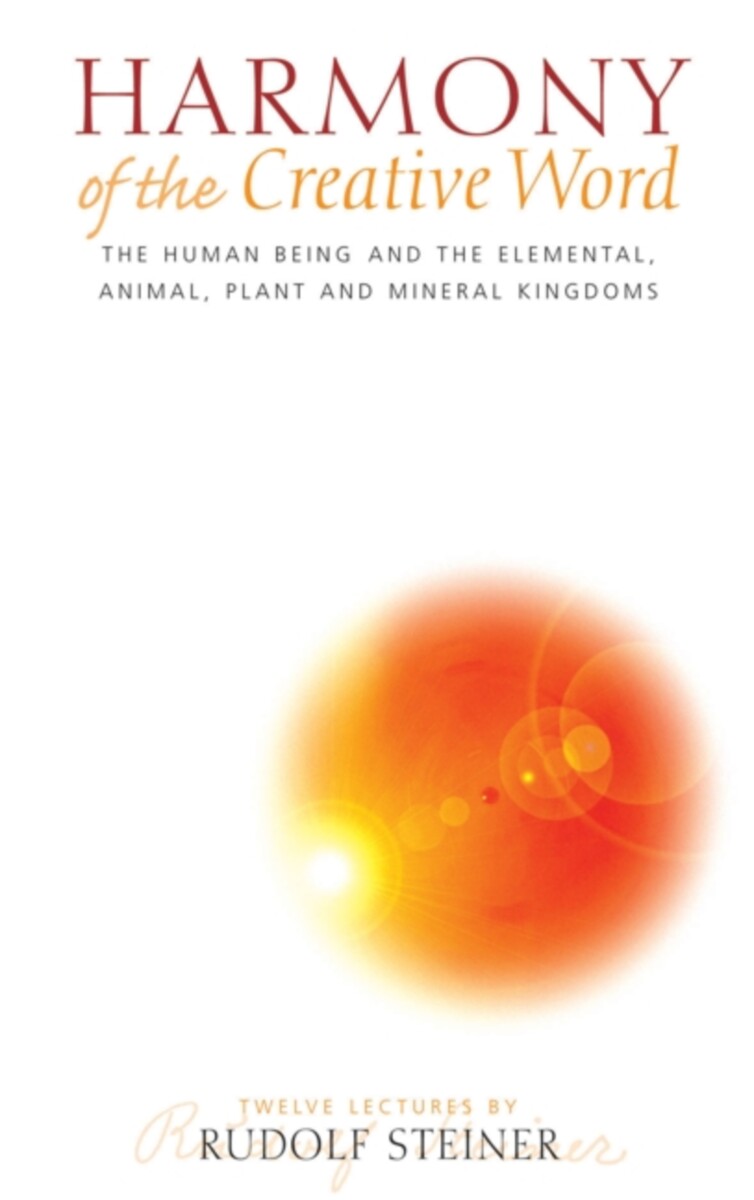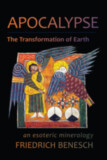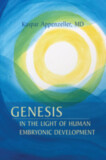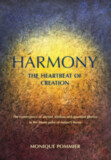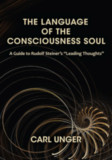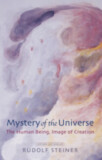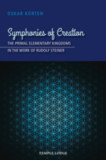Harmony of the Creative Word
The Human Being & the Elemental, Animal, Plant, and Mineral Kingdoms (CW 230)
- Publisher
Rudolf Steiner Press - Published
1st March 2002 - ISBN 9781855840980
- Language English
- Pages 244 pp.
12 lectures, October 19 – November 11, 1923 (CW 230)
This is one of Steiner's most popular lecture courses. He presents an extraordinary panorama of spiritual knowledge that focuses on the human being as a microcosm containing all the laws and secrets of the cosmos.
Steiner speaks of our inner relationship to three ancient and sacred representatives of the animal kingdom—eagle, lion, and bull—and our connection with the cosmic forces that form them. He deepens these themes by approaching the plant and animal worlds within the context of planetary and cosmic evolution. He then introduces us to the elemental nature spirits—the metaphysical beings that work with plants and animals—and gives us unique and intimate descriptions of them, describing the cooperation they offer to humankind.
Finally, the human being—the “harmony of the Creative Word”—is placed at the heart of this spiritual celebration of life. These are important lectures for understanding Steiner’s view of humankind within the context of cosmic and earthly evolution
Harmony of the Creative Word is a translation from German of Der Mensch als Zusammenklang des schaffenden, bildenden und gestaltenden Weltenwortes (GA 230). A previous edition was published as Man As Symphony of the Creative Word.
Contents:
1. Man's Connection with the Cosmos: The Earth and the Animal World
2. The Inner Connection of World Phenomena and the Essential Nature of the World
3. The Plant World and the Elemental Nature Spirits
4. The Secrets of the Human Organism
Rudolf Steiner
Rudolf Steiner (b. Rudolf Joseph Lorenz Steiner, 1861–1925) was born in the small village of Kraljevec, Austro-Hungarian Empire (now in Croatia), where he grew up. As a young man, he lived in Weimar and Berlin, where he became a well-published scientific, literary, and philosophical scholar, known especially for his work with Goethe’s scientific writings. Steiner termed his spiritual philosophy anthroposophy, meaning “wisdom of the human being.” As an exceptionally developed seer, he based his work on direct knowledge and perception of spiritual dimensions. He initiated a modern, universal “spiritual science” that is accessible to anyone willing to exercise clear and unbiased thinking. From his spiritual investigations, Steiner provided suggestions for the renewal of numerous activities, including education (general and for special needs), agriculture, medicine, economics, architecture, science, philosophy, Christianity, and the arts. There are currently thousands of schools, clinics, farms, and initiatives in other fields that involve practical work based on the principles Steiner developed. His many published works feature his research into the spiritual nature of human beings, the evolution of the world and humanity, and methods for personal development. He wrote some thirty books and delivered more than six thousand lectures throughout much of Europe. In 1924, Steiner founded the General Anthroposophical Society, which today has branches around the world.


